lizard
-
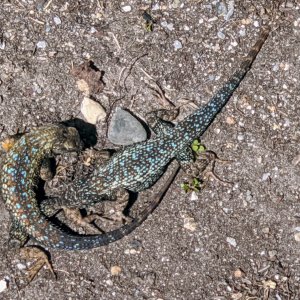
Sceloporus occidentalis longpipes
Sceloporus occidentalis longipes is a subspecies of the western fence lizard, commonly called the Great Basin fence lizard. Several subspecies of the western fence lizard, a species of phrynosomatid lizard, are found in the far western part of North America.- cheryl
- Media item
- lizard western fence lizard
- Comments: 0
- Category: Food & Drinks
-
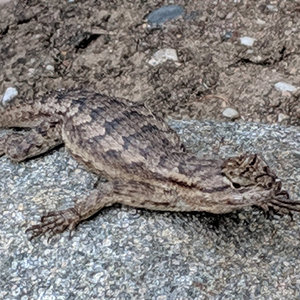
Western fence lizard
These lizards are diurnal, and are commonly seen sunning on paths, rocks, and fence posts, and other high places, which makes them an easy target for predation by birds and even some mammals, such as shrews. They can change color from light grey or tan to nearly jet black.- cheryl
- Media item
- lizard western fence lizard
- Comments: 0
- Category: Life
-
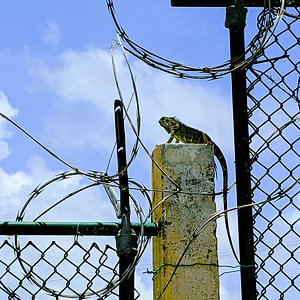
Iguana
Iguanas have keen vision and can see shapes, shadows, colors, and movement at long distances. Their visual acuity enables them to navigate through crowded forests and to locate food. They employ visual signals to communicate with other members of the same species.- cheryl
- Media item
- iguana lizard
- Comments: 0
- Category: Life
-
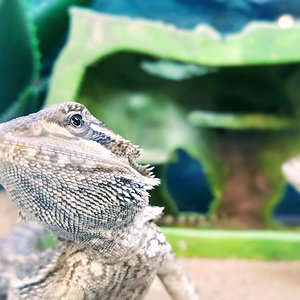
Central bearded dragon
Pogona Vitticeps, the central (or inland) bearded dragon, is a species of agamid lizard occurring in a wide range of arid to semiarid regions of Australia. This species is very popularly kept as a pet and exhibited in zoos.- cheryl
- Media item
- bearded dragon lizard pet
- Comments: 0
- Category: Life
-
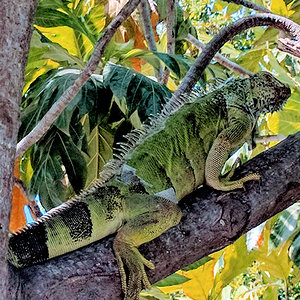
Iguana - George Town, Cayman Islands
The green iguana (Iguana iguana), also known as the American iguana, is a large, arboreal, mostly herbivorous species of lizard of the genus Iguana. It is native to Central, South America, and the Caribbean. Usually, this animal is simply called the iguana. The green iguana ranges over a large...- cheryl
- Media item
- iguana lizard
- Comments: 0
- Category: Life
